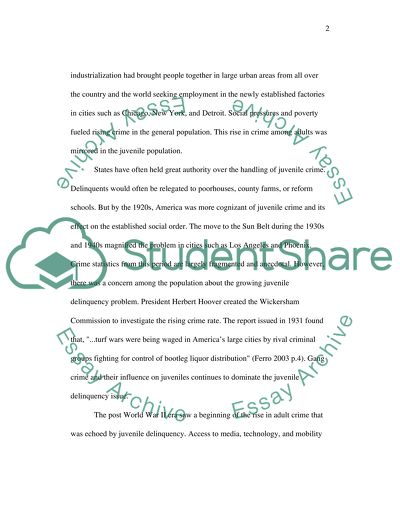Cite this document
(“Growing Crime Problem of Juvenile Delinquency Essay”, n.d.)
Growing Crime Problem of Juvenile Delinquency Essay. Retrieved from https://studentshare.org/miscellaneous/1522105-growing-crime-problem-of-juvenile-delinquency
Growing Crime Problem of Juvenile Delinquency Essay. Retrieved from https://studentshare.org/miscellaneous/1522105-growing-crime-problem-of-juvenile-delinquency
(Growing Crime Problem of Juvenile Delinquency Essay)
Growing Crime Problem of Juvenile Delinquency Essay. https://studentshare.org/miscellaneous/1522105-growing-crime-problem-of-juvenile-delinquency.
Growing Crime Problem of Juvenile Delinquency Essay. https://studentshare.org/miscellaneous/1522105-growing-crime-problem-of-juvenile-delinquency.
“Growing Crime Problem of Juvenile Delinquency Essay”, n.d. https://studentshare.org/miscellaneous/1522105-growing-crime-problem-of-juvenile-delinquency.


